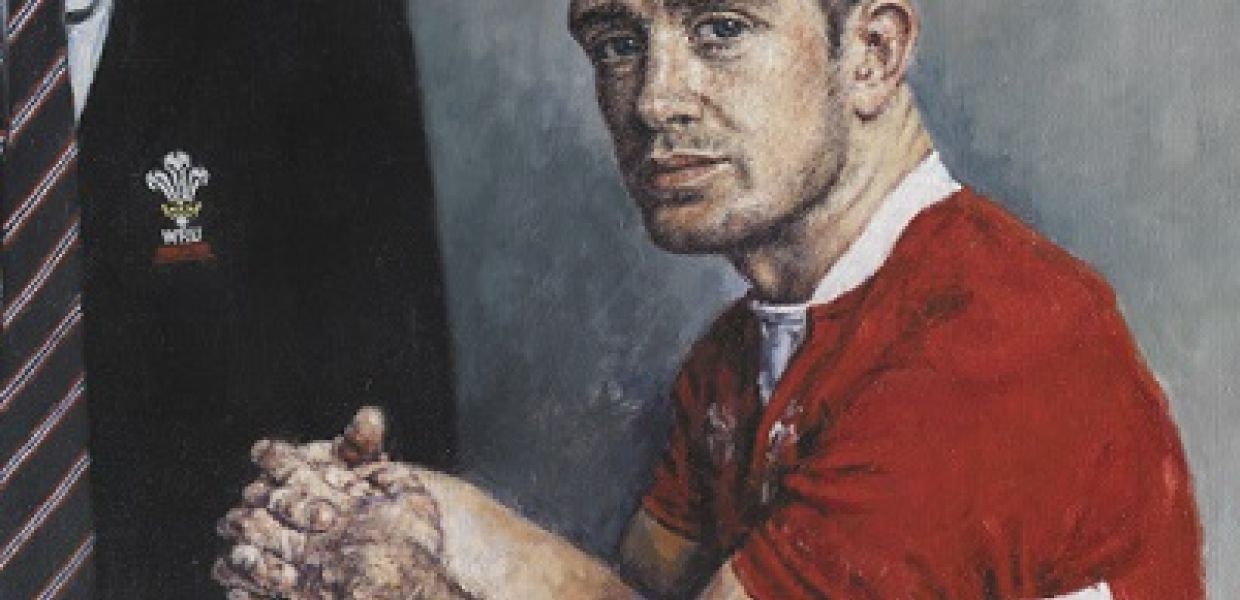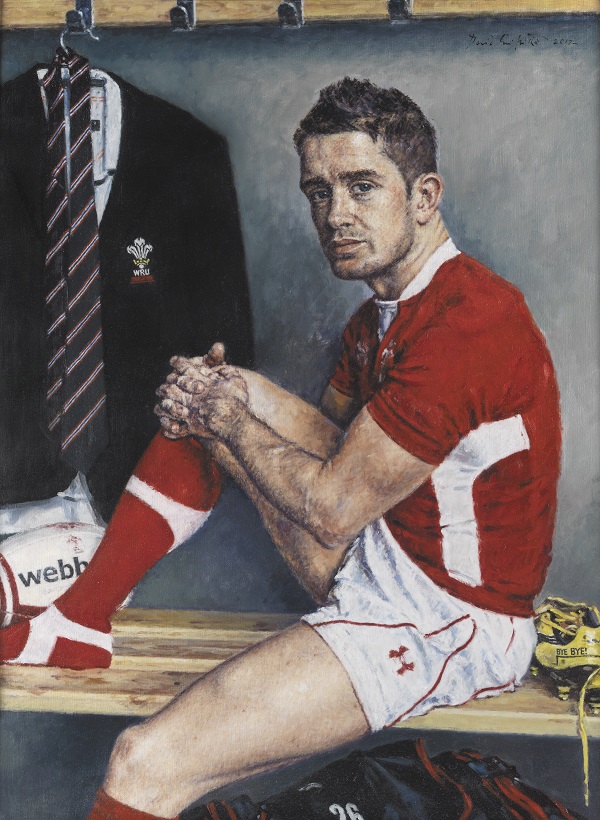Choosing a country's artworks for Europeana 280: Wales

Continuing our series exploring each country's nominations for Europeana 280, we asked the Welsh Culture Minister and the National Library of Wales to tell us about the selection from Wales.
 Shane Williams by David Griffiths, 2012, National Library Of Wales, CC BY 4.0
Shane Williams by David Griffiths, 2012, National Library Of Wales, CC BY 4.0
The National Library of Wales chose works for Europeana 280 that portray the richness of the visual history of Wales, including landscapes, portraits and genre works, from outsiders’ perspectives of Wales from the 18th century through to the 19th century, to an indigenous artisan painter’s work from the 19th century, to portraits from the 18th and 19th centuries through to works by contemporary Welsh artists.
Landscapes
Central to the canon of Welsh art history is, naturally, its magnificent landscape. Wales became a fashionable destination for artists during the second part of the 18th century. Due to the Napoleonic Wars people could no longer travel to Europe (especially for the ‘Grand Tour’) and so artists turned their attention to Britain. Wales with its mountainous landscape full of castles and its unique language and myths attracted artists from across Britain. The art historian Peter Lord argued in his work Gwenllian: '...Wales was perceived by English intellectuals as a strange and ancient place with the customs, dress and language of the people belonging to another age, these qualities were considered attractive'. As a result of works such as Richard Wilson’s landscapes (1712/13-1782) and Thomas Pennant’s Tours in Wales (1726-1798), Wales became very popular amongst artists.
In the list of works for Europeana 280 are examples of how artists during this period perceived Wales in their search of the picturesque. These works include J.M.W. Turner’s ‘Dolbadarn Castle’ from 1799-1800 and James Ward’s ‘An Overshot Mill in Wales’ from 1847. There is also a landscape by arguably the best known Welsh artist of the later 20th century Kyffin Williams and his work ‘Farmers on Glyder Fach’ from ca.1980. These three examples are essential in showing how Wales has artistically evolved and that the country is now being recorded and appreciated by indigenous artists as well as by others.
Portraits
The National Library of Wales’s Portrait Collection is the largest collection of Welsh portraits in the world, comprising over 65,000 items. Prominent figures from Welsh history are represented in the collection, from the earliest times to the present day. Sir John Ballinger, the first Librarian at the National Library of Wales, had a vision for the Library’s portrait collection when he stated that the Library should collect ‘portraits of men and women, not only celebrities, but racial types and interesting characters.’ The portraits chosen for Europeana 280 provide a varied taste of the portraits in the collection from the Welsh artist Richard Wilson’s portrait of Catherine Jones of Colomendy from c. 1740, to Benjamin West’s 1784 portrait of Dr Richard Price to the Welsh artist Christopher Williams’ portrait of Sir John Williams from c.1900-1919 to our portrait by the Cardiff based portraitist David Griffiths of the National rugby player Shane Williams before playing his final match for Wales in 2011.
Indigenous art
John Cambrian Rowland's work of ‘The Bellringer of Caernarvon in Costume of Trade’ is a fine example of a Welsh indigenous artisan painter who was working in Wales in the late 19th century. His subject of a lady in the traditional Welsh national costume is also integral to understanding how the country’s sense of ‘Welshness’ was formed in the 19th century. The field of Welsh art-history is constantly evolving thanks to the works of such art-historians as Peter Lord and Dr. Paul Joyner who have understood the integral role played by the Welsh artisan painters during the 18th and 19th century to the canon of Welsh Art history.
Modern art
The thought-provoking work ‘Vase of Flowers’ by Gwen John from ca.1910 has been included as she is an internationally acclaimed Welsh artist. But her work also highlights another important issue, Gwen John is an example of an artist who had to leave her country of birth due to the lack of academic training available in Wales during the early 20th century. Including work by Shani Rhys James, the internationally acclaimed Welsh contemporary figurative artist in this project, shows how artists are now able to create a name for themselves within Welsh borders. Shani Rhys James’s thought-provoking work ‘Studio With Gloves’ is a fine example of how Welsh art is constantly evolving to incorporate new and dynamic ways of thinking.
We hope you're enjoying the magnificent art selected for the Europeana 280 campaign via our virtual exhibitions at Europeana Art History or at one of our public digital events.
You can follow the conversation on Twitter via #Europeana280
The original version of this text can be found at The National Library of Wales website.
